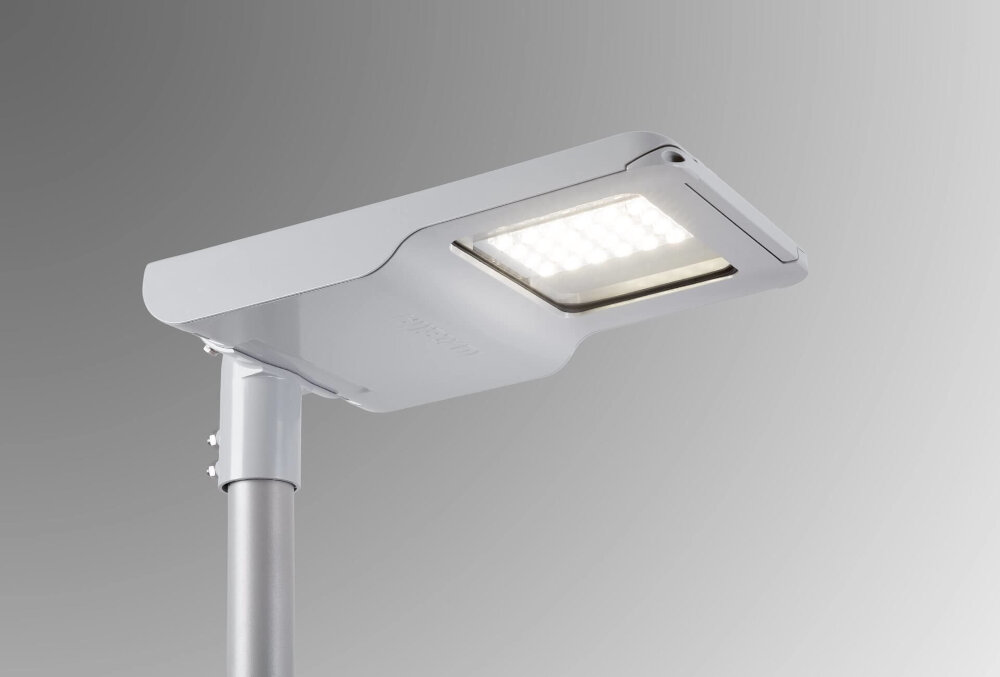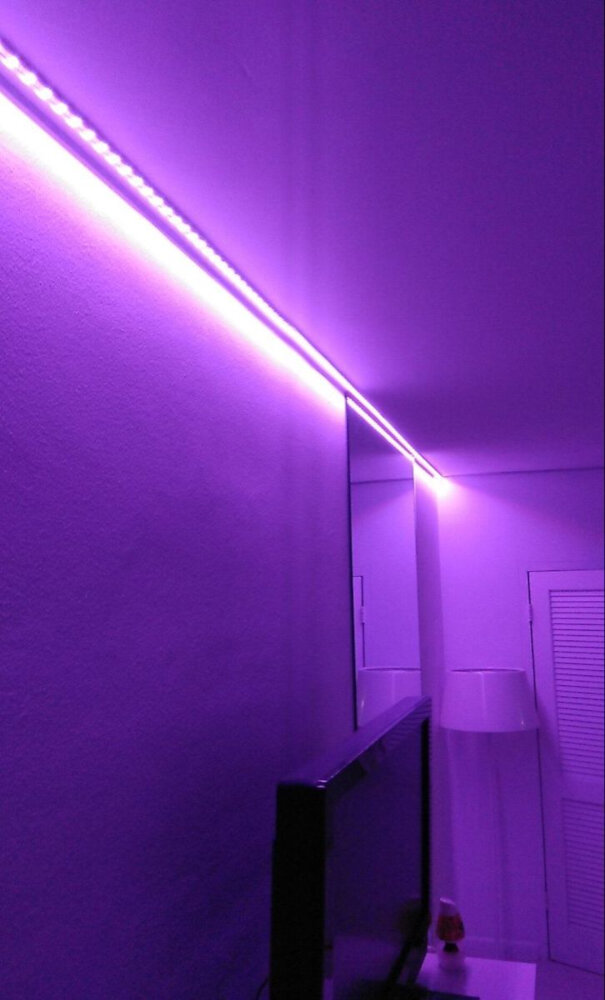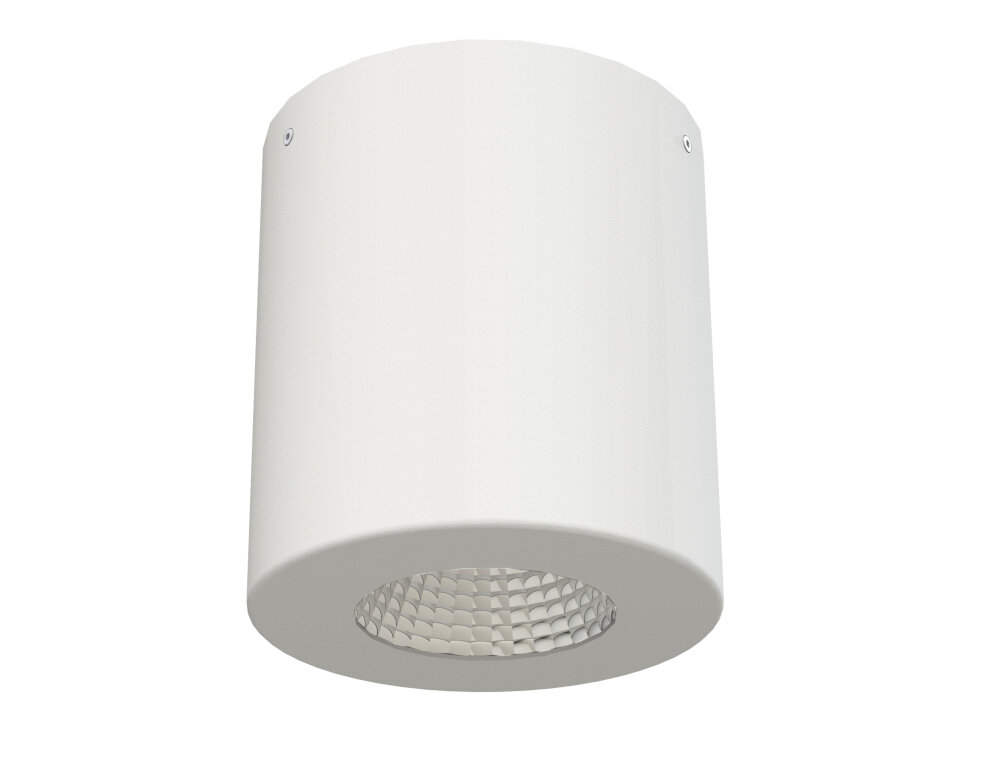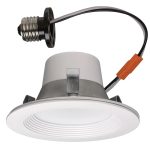LED Ceiling Light Flashing: Discover the Reasons Behind the On and Off Blinking

LED ceiling lights have become increasingly popular in modern homes and businesses due to their energy efficiency and long lifespan. However, one issue that can arise with these lights is flashing or blinking on and off. This can be a frustrating and concerning problem, as it not only affects the functionality of the lights but can also be a potential safety hazard. Understanding the reasons behind LED ceiling light flashing is crucial to identifying and resolving the issue, ensuring that your lighting system is safe and reliable. There are several potential causes of LED ceiling light flashing, ranging from simple issues such as loose connections to more complex problems such as faulty wiring or power surges. Identifying the specific cause of the flashing is essential to determining the appropriate solution, which may involve replacing parts, rewiring the system, or seeking professional assistance. In this article, we will explore the most common reasons why LED ceiling lights flash on and off, as well as provide tips and guidance on how to diagnose and fix the problem.
Defining LED Ceiling Lights

LED ceiling lights are a type of lighting fixture that uses light-emitting diodes (LEDs) as its primary light source. Unlike traditional lighting bulbs, LED ceiling lights do not rely on filaments or gases to produce light. Instead, they use a semiconductor material that emits light when an electric current passes through it. LED ceiling lights have become increasingly popular due to their energy efficiency, long lifespan, and versatility in design. One of the main benefits of LED ceiling lights is their energy efficiency. LED lights consume less energy than traditional lighting sources, such as incandescent bulbs and fluorescent tubes. This means that LED ceiling lights can provide the same amount of light while using less electricity, resulting in lower energy bills and a reduced carbon footprint. LED ceiling lights are also known for their long lifespan. Unlike traditional lighting bulbs, which may need to be replaced every few months, LED lights can last for years without needing to be changed. This not only saves money on replacement costs but also reduces the amount of waste that is sent to landfills. Additionally, LED ceiling lights are available in a wide range of designs, making them suitable for any type of interior décor. Whether you prefer a modern, minimalistic look or a more traditional style, there is an LED ceiling light that will suit your taste.
LED ceiling lights are a modern and energy-efficient lighting solution that has replaced traditional incandescent and fluorescent lights. These lights are designed to be mounted on the ceiling and emit bright and even light throughout the room. LED ceiling lights are known for their durability, longevity, and low energy consumption, making them an environmentally friendly option. They are available in a variety of styles, sizes, and colors, and can be used for both residential and commercial applications. The flashing of LED ceiling lights can occur due to various reasons, such as a faulty wiring connection, a power surge or a problem with the LED driver.
The functioning of LED ceiling lights is straightforward and efficient. LED lights comprise of semiconductor chips that generate light when an electric current passes through them. The light produced by the semiconductor chips is then focused and directed using a lens, which illuminates the surrounding space. LED lights are known for their superior energy efficiency, reliability, and extended lifespan. They consume less energy, generate less heat, and last longer than traditional incandescent and fluorescent bulbs. However, if your LED ceiling light is flashing on and off, it could be due to a variety of reasons, including a faulty driver, loose wiring, or an unstable power source. Therefore, it is crucial to identify and fix the underlying issue to ensure that your LED ceiling light functions correctly and efficiently.
Understanding the Reasons for Flashing

Flashing in LED Ceiling Lights is a common problem that can be caused by several reasons. Understanding the reasons for flashing is essential to ensure that the issue is resolved effectively. One of the most common causes of flashing is a faulty LED driver. The LED driver is responsible for regulating the voltage and current that is supplied to the LED light. If the driver is faulty, it can cause the LED lights to flicker or blink. In such cases, replacing the LED driver can effectively resolve the issue. Another reason for flashing could be a loose connection between the LED light and the power source. Loose connections can cause fluctuations in the power supply, leading to the blinking of LED lights. It is essential to ensure that all the connections are tight and secure to prevent any loose connections. A faulty dimmer switch can also cause the LED lights to flicker. In such cases, replacing the dimmer switch with a compatible one can effectively resolve the issue. Understanding the reasons for flashing is vital to ensure that the issue is resolved effectively and the LED ceiling lights function optimally.
LED ceiling lights are known for their energy efficiency, durability, and long lifespan. However, it can be quite frustrating when they start flashing on and off without any apparent reason. The reasons behind this phenomenon can vary from a loose connection in the wiring, a faulty LED driver, or a malfunctioning switch. In some cases, the flickering can also be caused by the dimmer switch not being compatible with the LED lights. It is crucial to identify the root cause of the issue to prevent any potential hazards and ensure the longevity of the LED ceiling lights. Regular maintenance and inspection can help detect any problems early on and avoid any potential risks.
Flashing LED ceiling lights can be a frustrating problem that can be caused by a variety of issues. One of the most common causes is a faulty driver. The driver is responsible for regulating the amount of power that is sent to the LED lights. If the driver is malfunctioning, it can cause the lights to flicker or flash. Another possible cause is a loose connection. If the connections between the LED lights and the power source are not secure, it can cause the lights to flicker or turn on and off. Other potential causes include voltage fluctuations, overheating, and incompatible dimmer switches. To pinpoint the cause of the flashing, it is important to consult a professional electrician who can diagnose and repair the issue.
If you are experiencing flashing on your LED ceiling light, there may be several reasons behind it. The first thing you need to check is the power source. If the power source is unstable or there is a fluctuation in the voltage, the light may start to flash. Another reason could be a faulty LED driver. If the LED driver is not functioning correctly, it can cause the light to blink. It is also possible that the LED bulb is damaged or has reached the end of its lifespan. In some cases, the flashing could be due to a problem with the wiring or installation. It is important to identify the reason behind the flashing to ensure that the issue is resolved promptly and safely.
Troubleshooting LED Ceiling Light Flashing

Flashing LED ceiling lights can be a frustrating and confusing problem to deal with. However, it is important to understand that there are several reasons why your LED ceiling light may be flashing. One of the most common reasons is a loose connection. Check the wiring to ensure that all connections are secure and tight. If the wiring is loose, it can cause the light to flicker on and off. Another reason could be a faulty bulb. If the bulb is not properly installed or is damaged, it can cause the light to flicker. Try replacing the bulb with a new one to see if the problem resolves. Another reason for flashing LED ceiling lights is a problem with the dimmer switch. If the switch is not compatible with LED lights, it can cause the lights to flicker. In this case, you may need to replace the dimmer switch with one that is compatible with LED lights. Additionally, if the LED lights are connected to a circuit with other electrical devices, it can cause interference that results in flashing. To solve this problem, try moving the LED lights to a different circuit or installing a filter to reduce the interference. By troubleshooting these common issues, you can get your LED ceiling lights back to working properly and eliminate the frustrating flashing.
Flashing LED ceiling lights can be a nuisance, but the good news is that troubleshooting the issue is not that difficult. The first step is to check if the light is properly connected to the power source. Loose connections can cause flickering or flashing, and tightening the wires should solve the problem. Another reason for flashing lights could be a faulty LED driver, which requires replacement. If the issue persists even after checking the connections and replacing the driver, it could be due to voltage fluctuations or incompatible dimmer switches. In such cases, it is best to seek the help of a professional electrician who can diagnose and fix the problem safely and efficiently.
LED ceiling light flashing can be a frustrating issue that needs to be fixed as soon as possible to avoid discomfort and safety hazards. The first step to fixing flashing is to identify the root cause. Common reasons for LED light flashing include power quality issues, incompatible dimmer switches, loose connections, overheating, and damaged LED drivers. Once the cause is identified, you can take the necessary steps to fix it. This may include replacing the dimmer switch, tightening any loose connections, or replacing the LED driver. Additionally, it is essential to ensure that the LED light is installed correctly and placed in a well-ventilated area to prevent overheating. By addressing the underlying cause of the flashing, you can ensure that your LED ceiling light operates safely and reliably.
If the problem of LED ceiling light flashing persists, it is recommended to consult a professional electrician or contact the manufacturer for assistance. In some cases, the issue may be due to a faulty wiring connection or a defective light fixture that needs to be replaced. Ignoring the problem can lead to more significant issues such as electrical fires or damage to the wiring system. Therefore, it is crucial to address the problem promptly and seek professional help if needed. Additionally, it is important to follow the manufacturer’s instructions for installation and maintenance to avoid any future issues.
Preventing LED Ceiling Light Flashing

LED ceiling light flashing is a common issue that can be irritating, especially when it happens frequently. Flashing can be caused by various factors, such as improper installation, electrical issues, or defective components. The good news is that you can prevent LED ceiling light flashing by taking some simple steps. Firstly, make sure that the light fixtures are installed correctly and securely. Loose connections can cause the lights to flicker or flash, so ensure that all the screws and wires are tightened properly. Another way to prevent LED ceiling light flashing is to use high-quality components. Cheap or low-quality LED bulbs, drivers, or power supplies can cause flashing or flickering. Therefore, it’s essential to invest in good quality products from reputable brands. Additionally, using surge protectors or voltage stabilizers can help protect the LED lights from voltage spikes or fluctuations that can cause flashing. In summary, preventing LED ceiling light flashing requires proper installation, high-quality components, and adequate protection against electrical issues. By following these simple steps, you can enjoy a stable and reliable lighting system without any flashing or flickering. Furthermore, it’s worth noting that LED ceiling light flashing can also be caused by environmental factors. For instance, if the lights are exposed to extreme temperatures, humidity, or vibrations, they may start flashing or flickering. Therefore, it’s essential to place the lights in a suitable environment that is free from any adverse conditions. Additionally, cleaning the light fixtures regularly can help prevent flashing caused by dust or debris buildup. By keeping the lights clean and protected, you can minimize the risk of flashing and ensure that they last longer. In conclusion, preventing LED ceiling light flashing requires both proper installation and maintenance. By taking care of your lighting system and keeping it in good condition, you can avoid any flashing or flickering issues and enjoy a comfortable and well-lit environment.
Flashing of LED ceiling lights can be a frustrating and distracting experience, but fortunately, there are several tips that can help prevent this issue. Firstly, it is crucial to ensure that the light bulbs are compatible with the dimmer switch, as incompatible bulbs can cause flickering. Secondly, it is recommended to use high-quality and reliable LED bulbs that are designed to withstand fluctuations in voltage. Additionally, keeping the light fixtures clean and free from dust and debris can also help prevent flashing. Lastly, regular maintenance and inspection of the electrical wiring and fixtures can identify any potential issues and prevent flashing. By following these simple tips, you can enjoy a steady and uninterrupted source of light from your ceiling fixtures.
To prevent LED ceiling lights from flashing, regular maintenance is crucial. Firstly, ensure that the lights are not overheating, as this can cause flickering. Adequate ventilation and cleaning of the fixtures will help dissipate heat. Secondly, check that the wiring and connections are secure, as loose connections can also cause flickering. Additionally, avoid using incompatible dimmer switches or power supplies, as these can interfere with the LED lights’ performance. Finally, avoid exposing LED lights to extreme temperatures or humidity, as this can damage the components and cause flickering. By following these maintenance practices, you can ensure the longevity and reliable performance of your LED ceiling lights.
LED Ceiling Light flashing may occur due to various reasons, including loose wiring, incompatible dimmer switches, overheating, or power surges. Troubleshooting the issue can involve checking the wiring connections, replacing dimmer switches, or ensuring proper ventilation around the light fixture. To prevent LED Ceiling Light flashing, it is important to use compatible dimmer switches, ensure proper ventilation, and use surge protectors to shield against power surges. Regularly checking and maintaining the light fixture can also help prevent flashing and ensure consistent lighting performance.
Conclusion

In conclusion, LED ceiling light flashing can be caused by various reasons, including power surges, faulty wiring, and incompatible dimmer switches. It is important to troubleshoot and identify the root cause of the problem to ensure the safety and longevity of the lighting system. Regular maintenance and proper installation can prevent these issues from occurring in the first place. With the right knowledge and attention, one can enjoy the benefits of LED lighting without the inconvenience of blinking and flickering.




